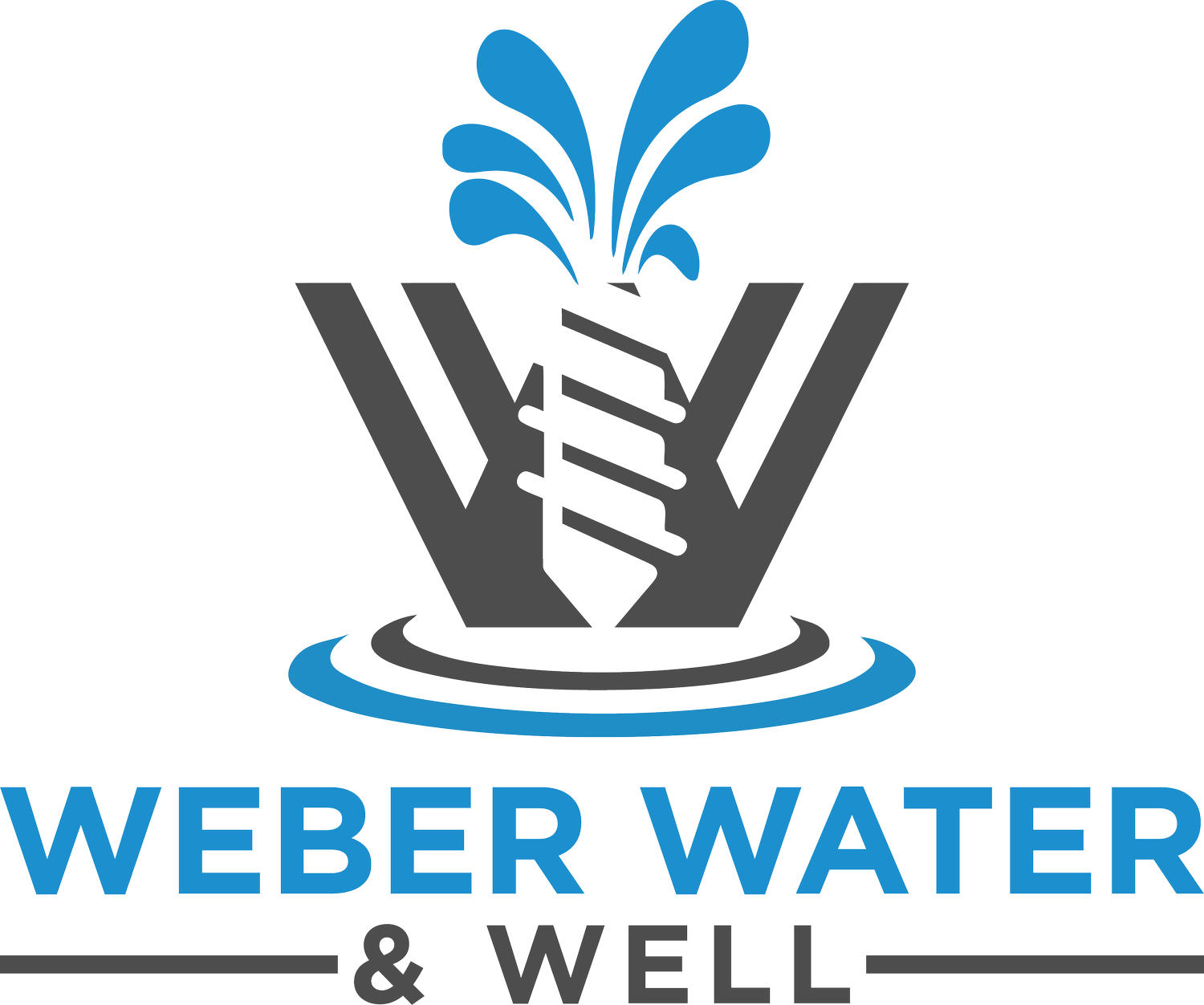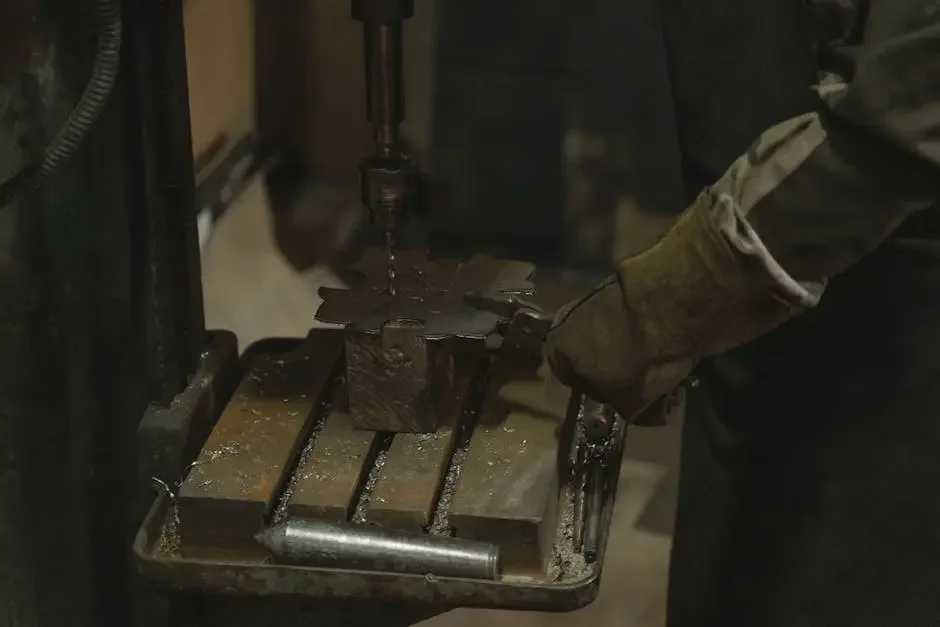The Key Steps in the Well Drilling Process Explained
Well drilling can seem like a complex process, but it’s essential to understand the key steps involved for anyone considering a water well. This guide will walk you through each stage, highlighting what to expect and why each step is important. Let's dig in!
What is Well Drilling?
Well drilling is the process of creating a hole in the ground to access underground water sources. This section will clarify what well drilling involves and why it is crucial for those in need of water supply.
In essence, well drilling connects us to nature's hidden resources. These underground water reservoirs are essential for drinking, irrigation, and various industrial processes. In many regions, a well is the primary source of fresh water, making it imperative to understand the nuances of this process.
When we think about well drilling, it's also important to consider the geological factors at play. Depending on the location, soil type, and depth of water, the methods and equipment used can vary significantly. This understanding will also help you appreciate the expertise that professional drillers bring to the table.
Planning and Preparation
Before the drilling begins, thorough planning and site evaluation are essential. This section covers the considerations for selecting a drilling site, obtaining permits, and what equipment will be needed.
One of the first steps in your well-drilling journey is selecting the right location. A well-suited site is not only vital for accessing reliable water but also impacts the longevity and safety of your well. It is advisable to consult with local experts who can guide you based on community knowledge and geological surveys.
Moreover, the permitting process cannot be overlooked. Many regions require specific permits to drill a well, aimed at protecting both the environment and public health. Ensure you’re familiar with local regulations before starting. This attention to legalities can save time and hassle down the line.
Lastly, you will need to consider the equipment needed for the job. From drilling rigs to pumps, having the right tools not only affects the cost but also impacts the efficiency of the project. Research the equipment options available and choose what best suits your needs, whether you are drilling a residential well or a more extensive commercial setup.
Choosing the Right Drilling Method
There are various drilling methods, including rotary drilling and percussion drilling. Here, we explain each method, its advantages, and why the right choice is vital for your project.
Rotary drilling is often preferred for its efficiency and versatility. This method uses a rotating drill bit that breaks through rock and soil. It’s particularly effective when drilling deep wells, as it can bore through tough geological formations with ease. Knowing whether this method suits your circumstances can make all the difference.
On the other hand, percussion drilling, also known as cable tool drilling, is a more traditional method. This approach involves repeatedly lifting and dropping a heavy drill bit, thereby breaking apart layers of soil and rock. While it may be slower than rotary drilling, it can be advantageous in certain conditions, especially when working with softer or more fragmented geology.
Ultimately, selecting the right drilling method can save time, reduce costs, and increase the overall success of your well. Factors like depth, geological makeup, and budget should guide your decision. Engaging a knowledgeable drilling contractor can further help you in selecting the most appropriate technique for your project.
The Drilling Process: Step by Step
This is where the magic happens! We will break down the drilling process into manageable steps, describing what technicians do and what you should expect during this critical stage.
The drilling process typically starts with mobilizing the equipment to your site and preparing the area. Drillers will create access paths and set up various machinery and tools needed for the operation. Depending on the chosen method, setting up could take several hours to a full day.
Once everything is in place, drilling begins. As the drill penetrates deeper into the ground, there will be various stages where fluid is pumped down the hole. This helps cool the drill bit and bring cutting debris back to the surface. You might notice this fluid is often mixed with materials aimed at stabilizing the well and preventing contamination.
Along the way, monitoring and testing are conducted to assess the well’s depth and water quality. Technicians may take samples to ensure that the water meets safety standards. This attentiveness is crucial to avoid issues in the future and ensures that your water source remains safe and reliable.
Finally, as the target depth is reached, the well is prepared for completion. This involves installing casing to prevent groundwater contamination and ensure structural integrity. By this point, you’ll start to see the results of the hard work and planning put in, leading you closer to accessing that essential water supply.
Post-Drilling Procedures
Once drilling is complete, there are important steps to ensure the well is safe and functional. This section will highlight well completion, testing, and maintenance tips to keep the water supply clean.
The first step after drilling is to properly seal and cap the well. This is crucial for preventing contamination from surface runoff and other pollutants. A professional contractor will ensure that the sealing process adheres to local regulations and safety standards.
Next comes water quality testing. It’s advisable to have your water tested for bacteria, nitrates, and other contaminants that could affect its safety for consumption. Even if the water looks clear, performing these tests is vital to confirm that it meets health guidelines.
Maintenance does not end here; regular checks for any changes in water levels or quality are essential. Keeping an eye on your well can help detect issues early, saving you time and money. Additionally, if you notice significant changes in taste, smell, or water clarity, it’s smart to consult a professional immediately.
Common Challenges in Well Drilling
Even with proper planning, challenges may arise during the well drilling process. We will address common issues and how to overcome them, ensuring a smoother experience.
One of the most frequent difficulties encountered is hitting rock formations or encountering unanticipated soil types. This can slow down the drilling process significantly and may even require a change in technique. Being prepared for these scenarios and having contingencies in place can help mitigate frustration.
Another challenge is dealing with water quantity. Sometimes, wells can yield less water than expected. Factors such as the geographical area and depth impact the overall output. If water yield becomes a concern, consider consulting with experts who can provide solutions or alternatives.
Moreover, environmental considerations shouldn’t be underestimated. It’s not uncommon for drilling to impact the surrounding ecosystem. To address this, thorough site evaluations and environmental assessments can help in making responsible decisions that protect natural resources.
Hiring a Professional vs. DIY Drilling
For those considering drilling a well themselves, this section discusses the pros and cons of hiring a professional versus taking on the project solo.
Hiring a professional driller can seem costly, but it often pays off in the long run. They bring experience, specialized equipment, and knowledge of local geological conditions, which can vastly improve the odds of a successful drilling operation. In many cases, their expertise can save you from the headaches that come from inexperience.
Conversely, a DIY approach may appeal to your adventurous side and can also save on labor costs. However, without prior experience, you may find yourself facing unforeseen challenges that can lead to costly mistakes. Additionally, you'll need to invest time into understanding the entire drilling process and associated regulations.
Ultimately, the decision should be made considering the project’s complexity and your own skill level. Evaluating factors like budget, time, and the importance of water quality can aid in making the right choice. Whatever route you take, being well-informed will lead to a successful well drilling experience.
Wrapping Up: Your Guide to Successful Well Drilling
Understanding the well drilling process not only helps you know what to expect but also empowers you to make informed decisions. By following these key steps, you can ensure that your well is drilled efficiently and effectively, providing you with the water supply you need. Happy drilling!


